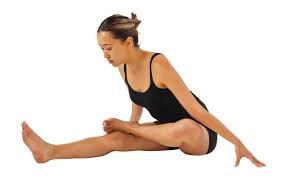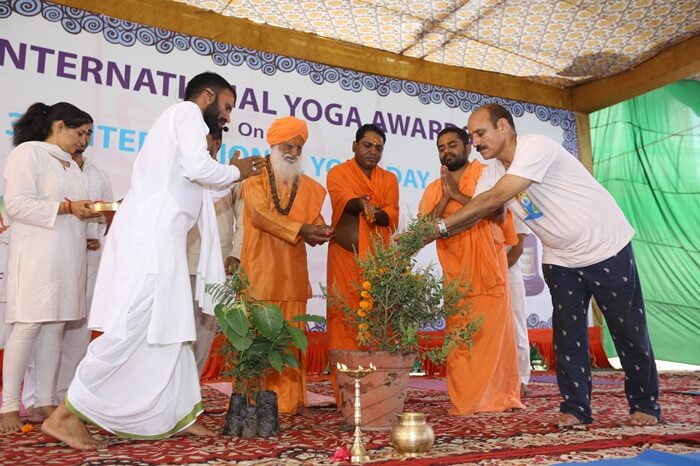Importance of Hip Health and Agnistambhasana (Fire-Log Pose)
The hips are the foundation of the human body and the center of all movements. They provide strength, stability, and support to the spine and internal organs. Within the pelvic area reside parts of the abdominal organs, the urinary bladder, and reproductive organs, all supported by the blood vessels and nerves found in and around the hips.
Unfortunately, our hips often become a site of problems due to their constant motion and direction changes. Misalignment of the sacroiliac joint, pain in the groin area, damaged hip flexors, and tearing of tendons in the pelvic region are common issues many people face. Whether caused by injury, infection, or inflammation, hip pain can be alleviated through yoga.

Agnistambhasana: Fire-Log Pose for Hip Health
Agnistambhasana, also known as the Fire-Log Pose, is a deep hip-opening yoga asana that generates intense heat in and around the groin and pelvic region. This pose intensely stretches the piriformis muscle, often a key player in sciatic pain. By incorporating breathing techniques, you can deepen the pose and awaken the energy centers located in the pelvis and navel area.
How to Practice Agnistambhasana
Follow these step-by-step instructions to practice Agnistambhasana effectively:
- Starting Position: Sit on a yoga mat with your feet on the floor and knees bent.
- Position the Left Leg: Bring your left foot under your right leg to the outside of your right hip. Lay the outer left leg on the floor.
- Position the Right Leg: Place the right leg on top of the left leg, keeping the right sole perpendicular to the ground.
- Cross the Shins: Cross your shins into Sukhasana (Easy Pose).
- Forward Bend: Exhale and bend forward at the groin. Place your hands on the ground in front of you.
- Deepen the Pose: With another exhalation, fold deeper into the pose.
- Hold the Position: Stay in this posture for 30-60 seconds, focusing on your breath.
Benefits of Agnistambhasana (Fire-Log Pose)
The Fire-Log Pose offers numerous benefits for the hips and groin. Here is a list of its key benefits:
- Stretches the Groins: Regular practice of Agnistambhasana effectively lengthens the groin and hip area, preventing associated problems and injuries.
- Increases Flexibility: This pose helps alleviate tightness in the tendons and groin, enhancing flexibility and preventing painful injuries.
- Stimulates Abdominal Organs: The Fire-Log Pose stimulates the digestive system, liver, spleen, and other vital organs, promoting optimal body function.
- Opens the Hips: By encouraging full hip joint movement, Agnistambhasana improves mobility and supports a balanced relationship between the spine and legs.
- Strengthens the Legs: Practicing this pose regularly helps build strong and robust legs, reducing the risk of peripheral arterial and chronic venous diseases.
- Activates the Sacral Chakra: Located in the pelvic region, the Svadhisthana or sacral chakra is harmonized through this pose, enhancing creativity, emotional balance, and relationships.
- Calms the Mind: Agnistambhasana calms the mind, reduces stress, and fosters a sense of peace and relaxation.
Conclusion
Regular practice of Agnistambhasana (Fire-Log Pose) can ignite the health of your hips and overall body, offering numerous physical and mental benefits. Adopt the practice to enjoy improved flexibility, strength, and well-being. If you’re interested in deepening your understanding of yoga poses and their benefits, consider enrolling in a 200 Hour Yoga Teacher Training in India, 300 Hour Yoga Teacher Training in India, or Yoga Teacher Training in India with Rishikul Yogshala. For a holistic experience, explore an Ayurveda Retreat in India or a Yoga Retreat in India.
















